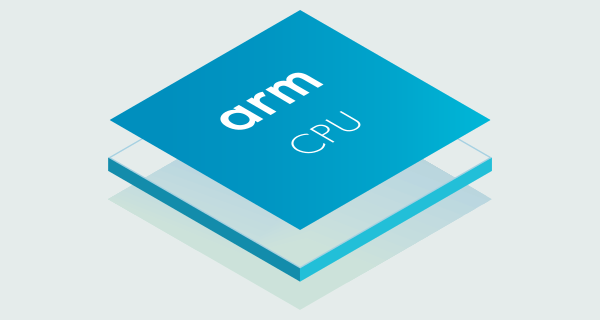Armv9 architecture addresses security, AI and performance needs
Last week, at its Vision Day 2021 event, Arm announced its new Armv9 architecture, setting in motion the company’s vision for what it hopes will be the computing platform for the next decade. If the past is an indication of things to come during the 2020s, Armv9 could be a big deal.
A decade ago, Arm launched Armv8, a 64-bit processing architecture that went on to become its most successful platform, powering devices from low-power smartphones to high-end supercomputers, from Internet of things devices to industrial machines. There are now about 100 billion devices running on Armv8.
Security, artificial intelligence (AI) and improved performance are the pillars of Arm’s new architecture. Security is certainly a leading challenge for the coming decade, and to address this, Armv9 introduces Arm Confidential Compute Architecture, which relies on a concept the company calls Realms. This shields portions of code and data from being accessed or modified while in use, even from privileged software, by performing computation in a hardware-based secure environment.
Another important feature of Armv9 addresses AI-based interfaces such as vision and voice. It introduces support for Scalable Vector Extension 2, which builds on technology that Arm developed with Fujitsu for the latter’s Fugaku supercomputer. This enables enhanced machine learning and digital signal processing capabilities for a wider range of workloads running locally on CPUs, such as image processing and smart home applications.
This update should benefit everything from 5G systems to virtual and augmented reality and machine learning workloads. AI applications like these are said to be one of the main reasons why Nvidia is trying to buy Arm for $40 billion (see Opposition Mounts to Nvidia’s Bid for Arm).
Over the next few years, Arm plans to further extend the AI capabilities of its technology with substantial improvements to matrix multiplication — an important aspect of machine learning — within CPUs, in addition to ongoing AI upgrades to its Mali GPUs and Ethos neural processing units.
The company claims that its designs “have increased CPU performance annually at a rate that outpaces the industry”. It says that Armv9 will continue this momentum, and expects that CPUs based on the architecture will enable performance gains of more than 30% over the next two generations of mobile and infrastructure CPUs, as a result of software and hardware optimizations.
Arm believes the need for more secure and specialized processing, which will become increasingly important as demand for complex AI-based workloads grows, will be key to unlocking new markets and opportunities in the next decade. To ensure a smooth migration to its latest architecture, Arm says all existing software will run on Armv9-based processors. The new capabilities in Armv9 are expected to accelerate the move from general-purpose to more specialized computing for mobile and fixed devices.
Although Intel still dominates the markets for PCs and server processors, its lead has been eroding as customers increasingly design their own chips using Arm technology. With the launch of its new architecture, Arm is looking to cement its position as an engine for computing power for a new generation of devices and end points. Armv9 paves the way to the next decade of computing, with security, trust and AI at its core for a growing diversity of hardware.

 Twitter
Twitter
 Facebook
Facebook
 LinkedIn
LinkedIn
 Email
Email